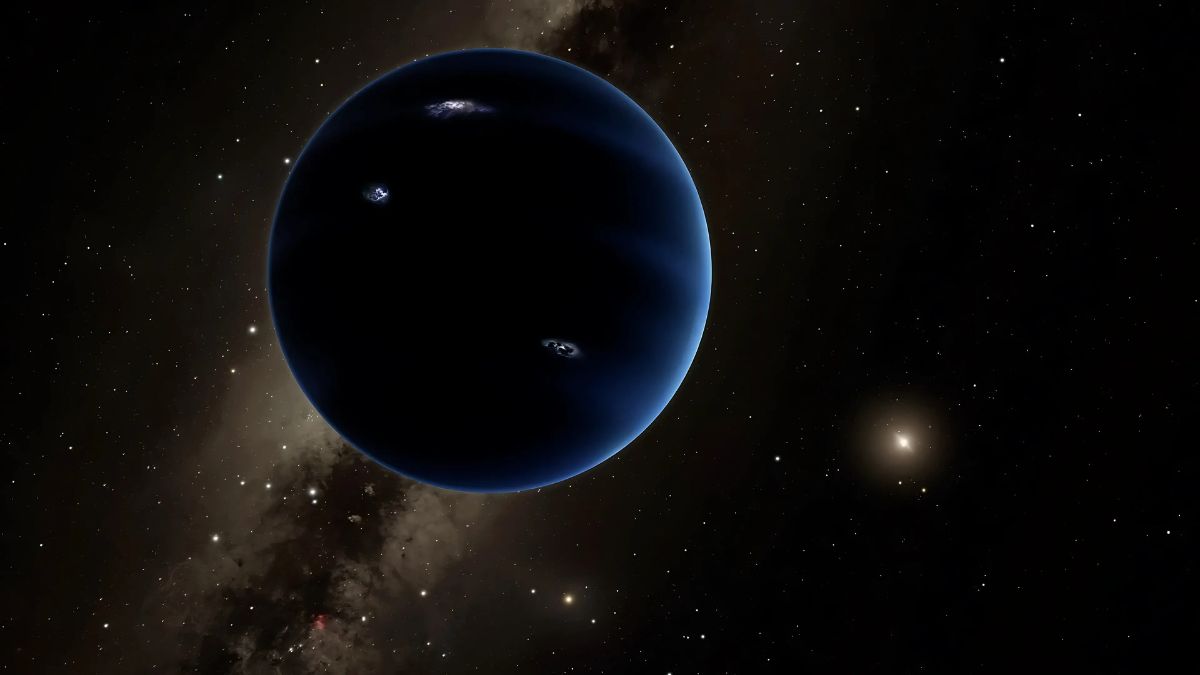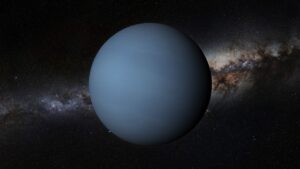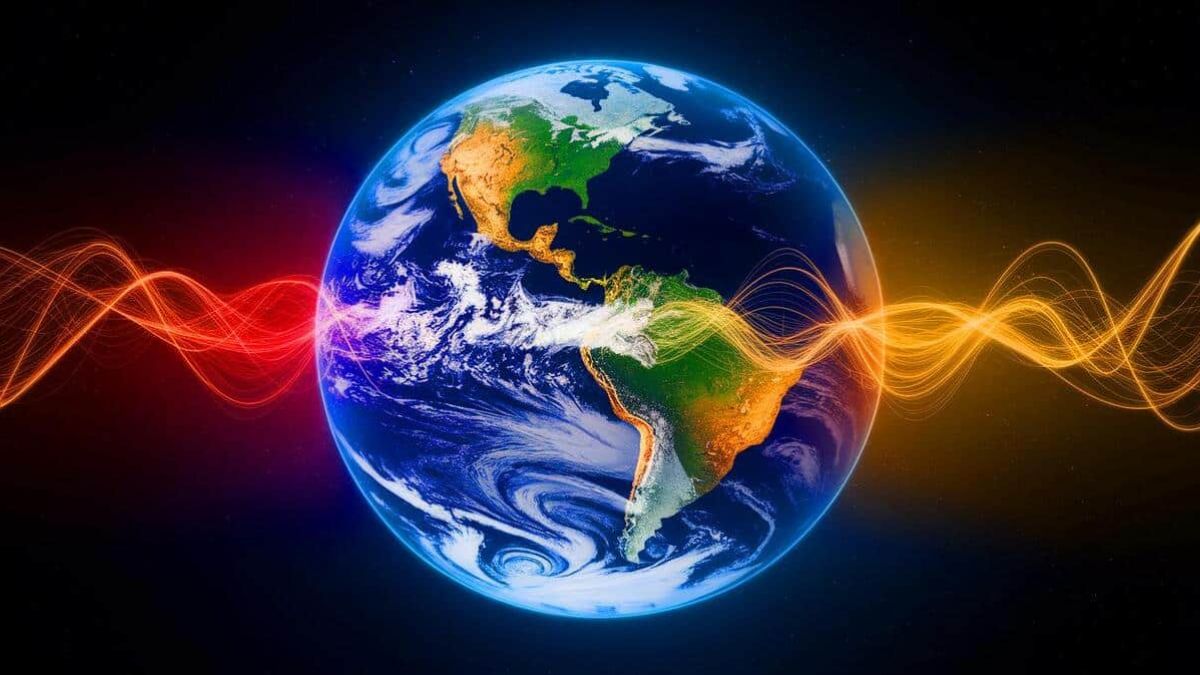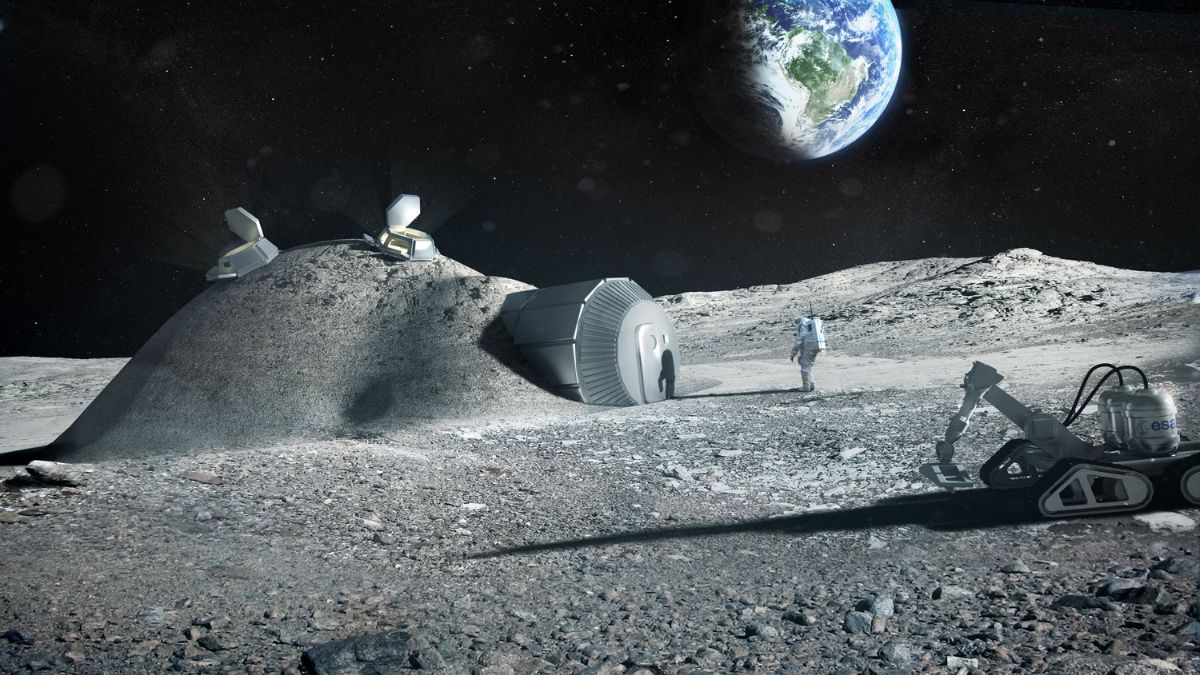Some planets seem designed just to keep us curious. They sit quietly at the far edge of our solar system, shrouded in clouds, hiding behind distance and mystery. For decades, Neptune was exactly that. The only up-close look we ever got was from Voyager 2 back in 1989—and even that flyby left us with more questions than answers. But now, thanks to NASA’s James Webb Space Telescope, Neptune has finally started to reveal some of its secrets. One of the biggest? A strange, glowing blue light shining in places it shouldn’t.
Elusive
Neptune is the eighth and most distant planet in our solar system, orbiting about 4.5 billion kilometers from the Sun. It’s cold, it’s windy, and it’s incredibly mysterious. For years, scientists had been trying to determine if Neptune had auroras—those magical light shows we’re used to seeing at Earth’s poles. We’ve already seen auroras on Jupiter and Saturn, so it seemed likely Neptune would have them too.
But there was a problem: Neptune’s thick, stormy atmosphere made it almost impossible to see what was going on beneath. Even powerful Earth-based telescopes couldn’t do much. As James O’Donoghue from the University of Reading put it, Neptune has “always been elusive.”
Breakthrough
Enter the James Webb Space Telescope.
Equipped with the powerful NIRCam infrared camera, Webb managed to peer through Neptune’s dense clouds and capture something that had never been seen before: bright blue auroras glowing across the planet. And here’s the twist—on Earth and other planets, auroras show up near the poles. But Neptune’s? They were appearing at mid-latitudes. Totally unexpected.
This isn’t just a cool light show—it’s a scientific game-changer. It suggests that Neptune’s magnetic field behaves very differently than anything we’ve studied before.
History
Before this, our knowledge of Neptune was painfully limited:
- Voyager 2 gave us a brief but valuable glimpse in 1989.
- Hubble continued observing Neptune from afar, but couldn’t pierce the atmosphere.
- JWST finally delivered the breakthrough with its unmatched infrared sensitivity.
All of this helped confirm what many had hoped for years: that Neptune does, in fact, have auroras—and that they’re like nothing we’ve ever seen.
Discovery
The finding goes beyond auroras. It changes how we study distant planets. With the help of new tech like JWST, we’re no longer just guessing what’s happening out there—we’re actually seeing it.
Leigh Fletcher, a planetary scientist from the University of Leicester, explained that these instruments are helping open “closed doors” to previously inaccessible mysteries. And Neptune is just the beginning. With JWST’s help, we’re already uncovering more and more about the outer Solar System—and even galaxies far beyond.
Just recently, Webb identified over 800,000 galaxies in deep space. Think about that: while we were struggling to figure out one planet, the universe was holding millions more secrets just out of reach. Not anymore.
Future
So what’s next? Scientists now have new reasons to study Neptune’s bizarre magnetic field, unpredictable atmosphere, and shifting weather patterns. They’ll also compare Neptune’s auroras to those of other planets, to better understand how they form and what they mean.
And just maybe, this will push us toward a new mission—an updated spacecraft to go where Voyager 2 once went. Only this time, we’ll be armed with better tech, better questions, and a deeper curiosity about the hidden worlds beyond.
Because if Neptune taught us anything, it’s this: the universe is full of surprises—and we’ve only just begun to look closely.
FAQs
What causes Neptune’s blue glow?
Auroras revealed by JWST using infrared imaging.
Where do Neptune’s auroras appear?
At mid-latitudes, not near the poles like Earth.
Which telescope discovered Neptune’s auroras?
NASA’s James Webb Space Telescope (JWST).
When was Neptune last visited by spacecraft?
Voyager 2’s flyby in 1989.
Why is this discovery important?
It changes our understanding of Neptune’s magnetism.























